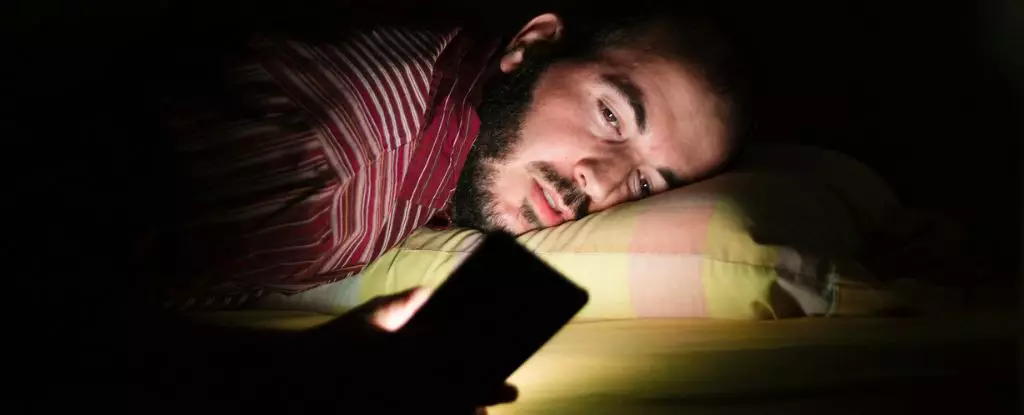A recent study conducted among a large cohort of nearly 85,000 individuals between the ages of 40 and 69 has shed light on the potential link between exposure to artificial light at night and the risk of developing type 2 diabetes. Participants in the study wore light-tracking devices on their wrists for one week, allowing researchers to monitor their exposure to different levels of light. The results indicated that those who were exposed to brighter light between 12:30 am and 6:00 am had a significantly higher risk of developing type 2 diabetes compared to those with minimal exposure. While the study does not establish a direct cause-and-effect relationship, it does suggest a dose-dependent correlation between nighttime light exposure and the likelihood of developing a metabolic disorder.
The study’s findings remain robust even after accounting for factors such as sleep patterns, duration, sex, genetic predisposition, diet, physical activity, daylight exposure, smoking, and alcohol use. This suggests that there may be other mechanisms at play linking exposure to artificial light at night with an increased risk of type 2 diabetes. Previous research has shown that artificial light can disrupt circadian rhythms, leading to alterations in glucose tolerance, insulin secretion, and weight gain – all of which are associated with an elevated risk of metabolic disorders. It is worth noting that individual responses to light vary, with some studies indicating a wide range of light intensity needed to impact the production of melatonin, a hormone vital for regulating our circadian rhythms.
Limitations and Future Directions
Despite the compelling findings of the study, there are several limitations that need to be addressed in future research. Meal times, for instance, were not taken into account in the study, yet they play a significant role in circadian rhythms and glucose tolerance. Additionally, the study primarily focused on older adults and did not consider individual socioeconomic factors, such as housing situations. Future studies should aim to address these limitations and conduct more in-depth investigations into the impact of artificial light at night on metabolic health.
The authors of the study suggest that advising individuals to minimize exposure to artificial light at night could serve as a simple and cost-effective strategy to reduce the global burden of type 2 diabetes. Encouraging behaviors such as turning off electronic devices and using dim, warm lighting in the evening may help mitigate the potential risks associated with nighttime light exposure. Further research is needed to better understand the precise mechanisms through which artificial light impacts metabolic health and to explore potential interventions that can mitigate these effects.
The study highlights a compelling association between exposure to artificial light at night and the risk of developing type 2 diabetes. By raising awareness of the potential risks and implementing practical strategies to reduce nighttime light exposure, individuals may be able to improve their metabolic health and reduce their risk of developing this prevalent chronic disease. Further research is warranted to fully elucidate the underlying mechanisms and implications of artificial light on metabolic health.


Leave a Reply